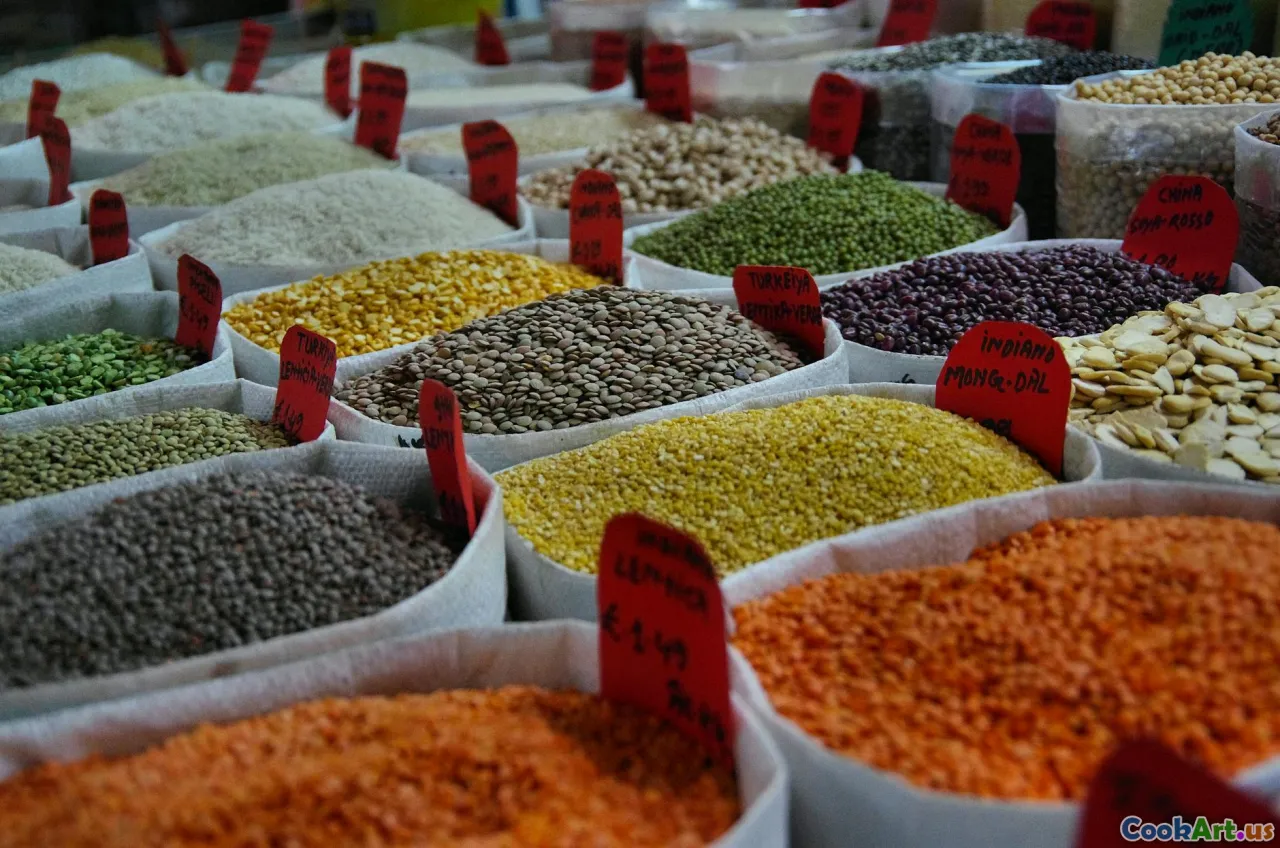The Secrets of Cooking with Exotic Rice Varieties
5 min read Dive into the world of exotic rice varieties and discover unique cooking techniques, flavor profiles, and cultural significance. April 06, 2025 01:45
The Secrets of Cooking with Exotic Rice Varieties
Rice is a staple food in many cultures around the world, but when it comes to cooking, the world of rice is far more diverse than white or brown. Exotic rice varieties not only add unique flavors and textures to dishes but also bring a wealth of nutritional benefits and cultural significance. In this article, we will explore some of the most intriguing exotic rice types, their cooking techniques, and how to incorporate them into your culinary repertoire.
1. Understanding Exotic Rice Varieties
Exotic rice varieties encompass a wide range of grains, each with its own unique characteristics. Here are a few notable examples:
Black Rice (Forbidden Rice)
Originating from China, black rice is known for its deep purple color and nutty flavor. Rich in antioxidants, it has a chewy texture and pairs beautifully with sweet and savory dishes alike.
Red Rice
Commonly found in Southeast Asia, red rice is unhulled or partially hulled, retaining its red bran layer. This gives it a slightly nutty flavor and a higher nutritional profile, making it a healthy choice for salads and grain bowls.
Jasmine Rice
Hailing from Thailand, jasmine rice is fragrant with a slightly sticky texture when cooked. It is ideal for serving with curries or stir-fries, enhancing the overall flavor experience.
Basmati Rice
This aromatic rice variety from India and Pakistan is long-grained and fluffy when cooked. Known for its distinct nutty flavor, basmati rice is perfect for biryanis and pilafs.
2. Cooking Techniques for Exotic Rice
Each rice variety requires specific cooking methods to unlock its full potential. Here are some essential techniques to master:
Rinsing and Soaking
Most exotic rice varieties benefit from rinsing to remove excess starch, which can lead to stickiness. Some varieties, like basmati, may also require soaking for 30 minutes to an hour to achieve the perfect texture.
Steaming
Steaming is an excellent method for cooking sticky rice varieties, such as jasmine and glutinous rice, as it helps retain moisture and flavor without making the rice mushy.
Pilaf Method
For grains like brown and red rice, the pilaf method—sautéing the rice in oil or butter before adding liquid—infuses flavor and results in a fluffy texture.
3. Incorporating Exotic Rice into Your Dishes
Salads and Bowls
Exotic rice varieties can elevate salads and grain bowls. Try tossing cooked black rice with roasted vegetables, nuts, and a tangy dressing for a colorful and nutritious meal.
Main Courses
Use basmati or jasmine rice as a base for curries or stir-fries, allowing the rice to absorb the flavors of the dish. For a twist, consider using red rice in a paella for added color and nutrition.
Desserts
Yes, rice can be sweet! Black rice pudding, made with coconut milk and sweetened with palm sugar, is a delightful dessert that showcases the unique flavor of this grain.
4. Cultural Significance of Exotic Rice
Many rice varieties carry cultural significance and are integral to traditional dishes. For example, black rice is often associated with royalty in Chinese culture, while jasmine rice is a staple in Thai cuisine. By incorporating these exotic rice varieties into your cooking, you not only explore new flavors but also honor the rich histories behind them.
Conclusion
Cooking with exotic rice varieties opens up a world of possibilities in your kitchen. By understanding their unique characteristics and mastering the best cooking techniques, you can create dishes that are not only delicious but also healthful and culturally enriching. So next time you're at the market, consider reaching for a bag of black, red, or jasmine rice and embark on a culinary adventure that will tantalize your taste buds and expand your cooking horizons.









